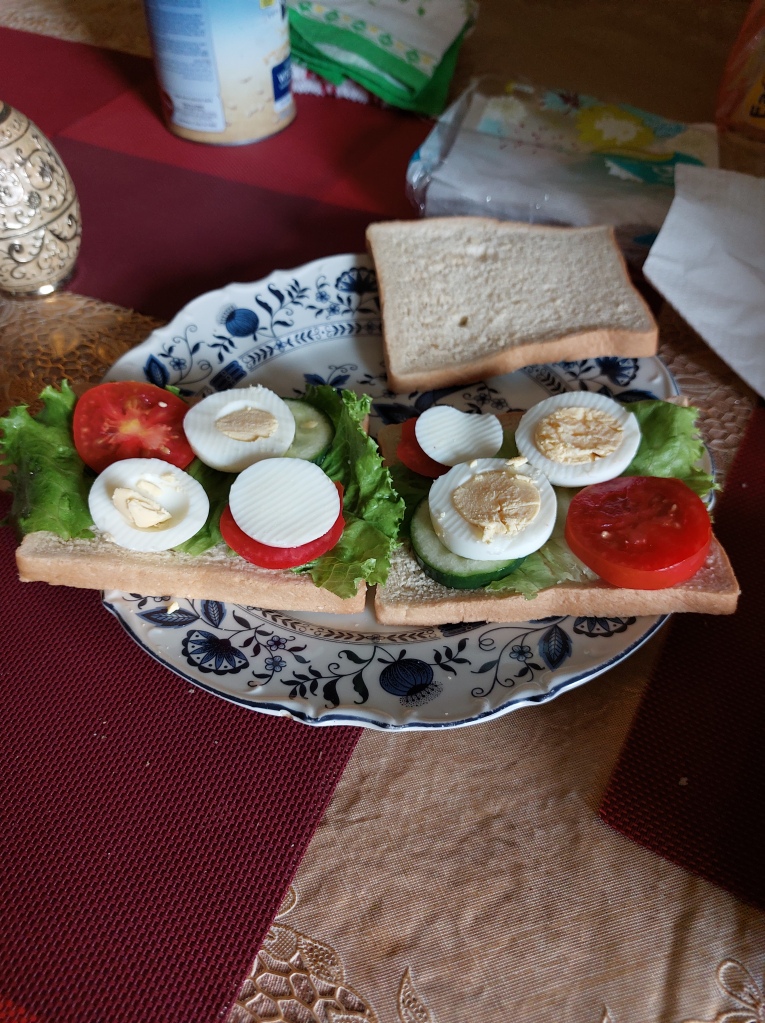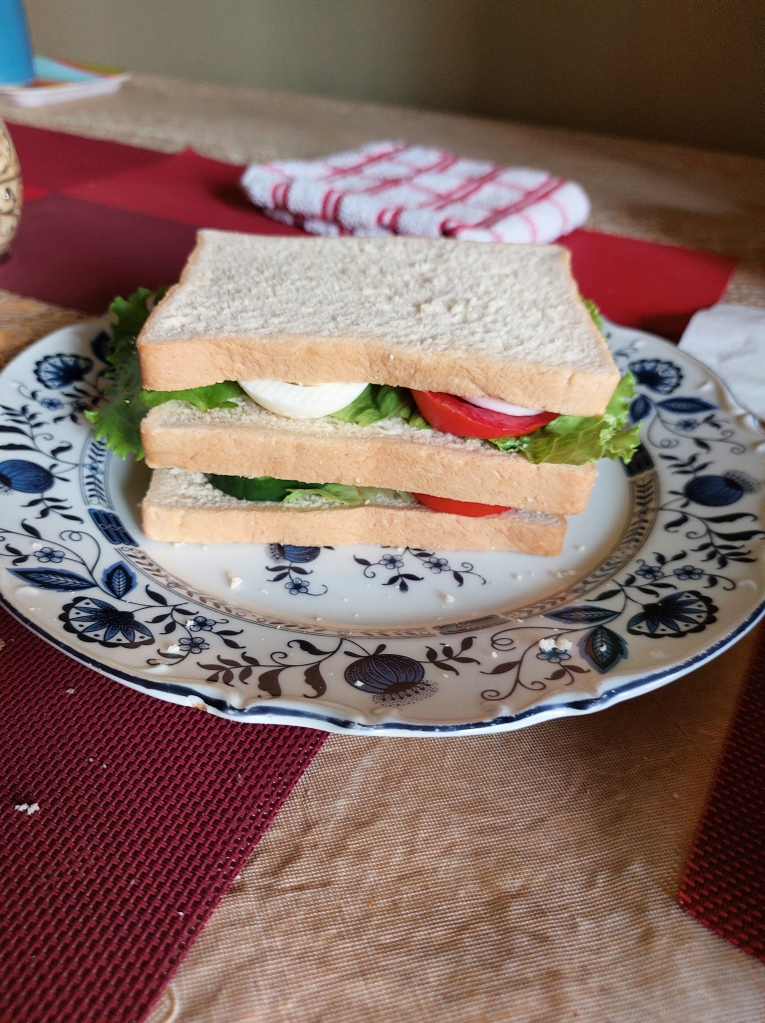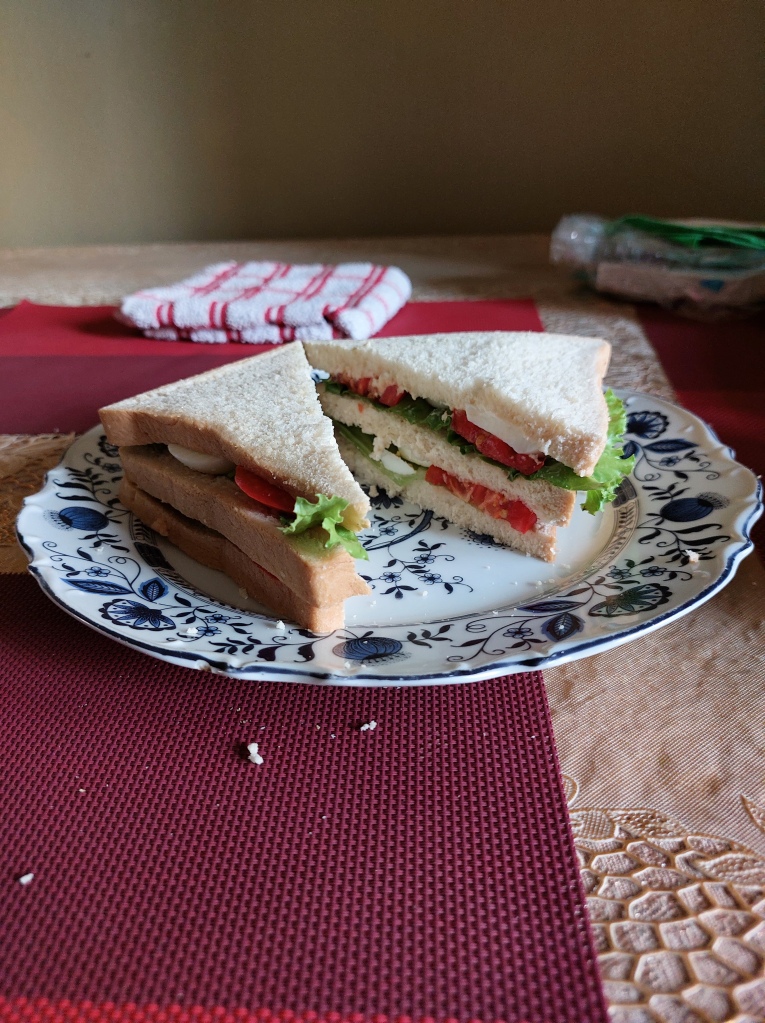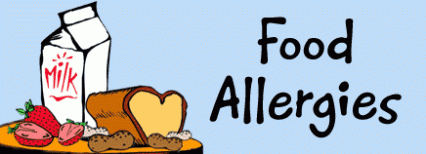
Food safety, food poisoning, what do they have in common? Food. And what do they not have in common? Health and illness. Health is wealth and well, illness is just plain awful. When you hear stuff like Typhoid, Salmonella, E. coli and Bird flu in the news, it reeks of food poisoning.
When you handle food in a safe way, the right way, your health is intact but when you are careless in food handling, you get poisoned by your food and so you get ILL!
As a fore warning, this article is quite lengthy. I’m sorry but what’s gotta be said gotta be said. And for the purpose of this article, you should know the following terms:
Food safety: All the right measures you take to ensure that your food is wholesome, free of germs and of good keeping quality.
Food poisoning: Illness you get from food. This usually manifests as signs related to the gut such as, diarrhea, vomiting, stomach pain and sometimes fever.
Meat: Edible uncooked products of livestock, (and in this article) including fish.
RTEs: Ready to eat foods i.e. foods that don’t need to be cooked. This includes fruits and vegetables when they are eaten raw.
Handling: Here refers to elements of food management like washing, storage, refrigeration and cooking.
That said, simple things like handling meat separately from fruits, vegetables or other RTEs are not so simple and so they have to be sung like a mantra till everyone hears. I see the way some people handle food and it makes me cringe. And then when you talk to them they defend themselves by saying, “Disease no dey kill African man”, “God dey” or “Everybody will die one day”.
Growing up, I remember how my father (who was so health conscious because he worked in a hospital) used to handle meat. Because of him, we treated meat as if it was a weapon of biological warfare in a Hollywood movie. Trust me, he was that dramatic.
And so the bio-containment routine went thus: when shopping, the meat was to be put separately or at the bottom of the shopping bag and not close to the RTEs. When we got home, the meat would be placed in a bowl to prevent its drippings from contaminating other groceries and then the shopping bag washed with soap and water and hung to dry in the sun. He would then ensure that we washed all other things before the meat and that if the sink wasn’t clear, the dishes were done, the sink was cleared and the dish rack was moved safely away before embarking on the bio-containment task of washing and cutting the meat. You then had to fetch the water for washing the meat before commencement so that you didn’t drip and contaminate the general water storage container. And then when we finished storing the meat safely away, we washed the knife, chopping board and whole sink thoroughly with sponge, soap and water before resuming normal duties.
Now even though this kitchen drama sounds laborious, trust me, it is worth it. And even if it doesn’t sound so, the rudiments of food safety/food poisoning are not so hard. It’s not rocket science, neither is it brain surgery, it’s basically this and here it goes:
Bacteria and or their toxins are basically responsible for food poisoning. In many cases, these bacteria are gotten from the faeces of animals (sometimes humans). Contamination of meat by faeces therefore could occur during slaughter whereas contamination of vegetables could occur when animal faeces are used as manure or by cross-contamination when contaminated meat is handled with vegetable.
Basics you should know:
- For food poisoning to occur any of these four factors need to be in place; time, temperature, moisture and suitable food.
- Meat in its raw form serves as a potential source of food poisoning.
- Milk may also be a source of food poisoning. However this is not of great concern when powdered milk is used except when it has been reconstituted.
- Eggs can be a source of contamination especially due to bird faeces on the shells.
Way forward:
- As a general rule handle meat and eggs separately from fruits, vegetables and other RTEs.
- If they were not bought properly washed, wash them well after purchase, drain well, package and then refrigerate. Make sure you refrigerate each item in the correct compartment of your fridge/freezer so that they get the ideal storage temperature.
- Fruits and vegetables should be washed extra well till squeaky clean since they are usually eaten raw.
- Ensure that there are no drippings from the meat/fish as this serves as a major source of cross-contamination.
- Cook your meat well. Generally, for Nigerian cuisine, this does not pose a problem for if anything, we err on the side of overcooking meat. However if you have epicurean tastes and are open to trying new ways of cooking then for rare meat cookery as in steak, you should ensure your meat is clean however for communited meat like sausages and minced meat ensure that the meat is well cooked and not rare. This is because contamination for steak is basically on the outside and the heat gets to handle it however for minced meat, contamination could be anywhere in the center of the meat and so the heat has to get to its core.
On a closing note, know that bacteria are the criminal and you are the accessory to crime if you propagate them.




![20160728_062118[1]](https://gourmetfinesse.files.wordpress.com/2016/07/20160728_0621181.jpg)
![20160112_221007[1]](https://gourmetfinesse.files.wordpress.com/2016/01/20160112_2210071.jpg)
![20160110_190800[1]](https://gourmetfinesse.files.wordpress.com/2016/01/20160110_1908001.jpg)
![20160112_215642[1]](https://gourmetfinesse.files.wordpress.com/2016/01/20160112_2156421.jpg)
![20160112_221128[1]](https://gourmetfinesse.files.wordpress.com/2016/01/20160112_2211281.jpg)




















